Salad dressing is the soul of a salad. It can transform a simple bowl of greens and vegetables into a delightful culinary experience. While there are countless store-bought options available, making your own salad dressing at home is not only cost-effective but also allows you to customize the flavors to your liking. In this article, we will explore how to make delicious salad dressings that will elevate your salads to new heights.
Basic Ingredients and Equipment
Before we dive into the recipes, let's go over some basic ingredients and equipment that you will need. For most salad dressings, you will require a whisk or a blender to combine the ingredients smoothly. A small bowl or a jar with a tight-fitting lid can also be useful for mixing and storing the dressing.
The fundamental ingredients for salad dressings typically include oil, vinegar or lemon juice, and seasonings. Olive oil is a popular choice for its rich flavor and health benefits, but you can also experiment with other oils such as avocado oil, grapeseed oil, or even sesame oil for an Asian-inspired dressing. For the acidic component, you can use various vinegars like balsamic vinegar, red wine vinegar, apple cider vinegar, or simply fresh lemon juice. The seasonings can vary widely depending on the type of dressing you want to make. Common seasonings include salt, pepper, garlic, herbs, and sometimes a bit of honey or sugar to balance the flavors.
Classic Vinaigrette
The classic vinaigrette is a versatile and essential dressing that every home cook should know how to make. It is a perfect accompaniment to a wide variety of salads, from simple green salads to more complex mixed vegetable salads.
Ingredients
- 1/4 cup extra-virgin olive oil
- 2 tablespoons balsamic vinegar
- 1 teaspoon Dijon mustard
- 1 teaspoon honey
- 1 clove garlic, minced
- Salt and pepper to taste
Instructions
1. In a small bowl, whisk together the balsamic vinegar, Dijon mustard, honey, minced garlic, salt, and pepper until well combined.
2. Slowly drizzle in the olive oil while continuously whisking to emulsify the dressing. The mixture should become smooth and slightly thickened.
3. Taste the dressing and adjust the seasonings if necessary. You can add more salt, pepper, or even a bit more honey if you prefer a sweeter dressing.
4. Store the vinaigrette in a jar with a tight-fitting lid in the refrigerator. It will keep for up to a week. Give it a good shake before using it again.
Creamy Caesar Dressing
Caesar salad is a timeless favorite, and making your own Caesar dressing can make all the difference in achieving that authentic flavor.
Ingredients
- 1/2 cup mayonnaise
- 1/4 cup grated Parmesan cheese
- 2 tablespoons lemon juice
- 2 cloves garlic, minced
- 1 teaspoon Dijon mustard
- 1 anchovy fillet (optional, but it adds a depth of flavor)
- Salt and pepper to taste
Instructions
1. In a blender or food processor, combine the mayonnaise, grated Parmesan cheese, lemon juice, minced garlic, Dijon mustard, and anchovy fillet (if using).
2. Blend until smooth and well combined. The dressing should be creamy and slightly tangy.
3. Taste and adjust the seasonings. You may need to add a bit more salt or lemon juice depending on your preference.
4. Transfer the dressing to a jar and refrigerate it until ready to use. It will thicken slightly as it chills.
Honey Mustard Dressing
Honey mustard dressing is a sweet and tangy option that pairs well with a variety of salads, especially those with fruits or nuts.
Ingredients
- 1/4 cup Dijon mustard
- 1/4 cup honey
- 2 tablespoons apple cider vinegar
- 1/4 cup vegetable oil
- Salt and pepper to taste
Instructions
1. In a small bowl, whisk together the Dijon mustard, honey, and apple cider vinegar until well combined.
2. Slowly pour in the vegetable oil while continuously whisking to emulsify the dressing. The mixture should become smooth and slightly thickened.
3. Season with salt and pepper to taste. You can also add a pinch of paprika or cayenne pepper for a bit of heat if you like.
4. Store the honey mustard dressing in a jar in the refrigerator. It will keep for about a week.
Yogurt-Based Dressing
For a healthier and lighter option, yogurt-based dressings are a great choice. They are creamy and tangy without being overly rich.
Ingredients
- 1 cup plain Greek yogurt
- 2 tablespoons lemon juice
- 1 tablespoon olive oil
- 1 clove garlic, minced
- 1 teaspoon dried dill (or 1 tablespoon fresh dill, chopped)
- Salt and pepper to taste
Instructions
1. In a small bowl, whisk together the Greek yogurt, lemon juice, olive oil, minced garlic, and dried dill until well combined.
2. Season with salt and pepper to taste. You can also add a bit more lemon juice if you prefer a tangier dressing.
3. Cover the bowl with plastic wrap and refrigerate the dressing for at least 30 minutes to allow the flavors to meld together.
4. Give it a good stir before using it on your salad.
Tips for Perfect Salad Dressing
1. Season to Taste: The most important tip for making delicious salad dressing is to season it to your liking. Start with a small amount of salt and pepper and adjust gradually. You can always add more, but it's difficult to take it away once it's in.
2. Use Fresh Ingredients: Fresh herbs, garlic, and citrus will always yield better results than dried or powdered versions. Fresh ingredients provide a more vibrant and authentic flavor.
3. Experiment with Ratios: The standard ratio for a vinaigrette is 3 parts oil to 1 part vinegar or acid. However, you can adjust this ratio based on your preference. If you like a tangier dressing, use a bit more vinegar; if you prefer a milder dressing, increase the oil.
4. Store Properly: Most salad dressings can be stored in the refrigerator for up to a week. However, some ingredients like fresh herbs or garlic may lose their potency over time. It's best to make a small batch and use it within a few days for the best flavor.
5. Customize with Add-Ins: Don't be afraid to get creative with your salad dressings. You can add roasted red peppers for a smoky flavor, fresh basil for a summertime twist, or even a splash of hot sauce for a spicy kick.
Making your own salad dressing at home is a simple and rewarding process. With just a few basic ingredients and some creativity, you can create a wide variety of delicious dressings that will enhance any salad. Whether you prefer a tangy vinaigrette, a creamy Caesar, or a sweet honey mustard, the possibilities are endless. So, next time you're in the kitchen, skip the store-bought dressing and try making your own. Your taste buds will thank you!

By Olivia Reed/Apr 24, 2025
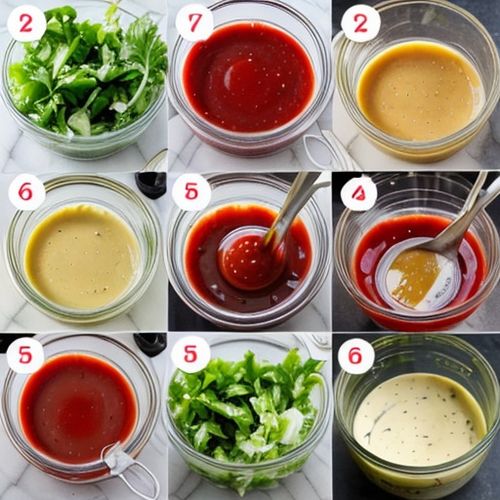
By Victoria Gonzalez/Apr 24, 2025

By Sophia Lewis/Apr 24, 2025
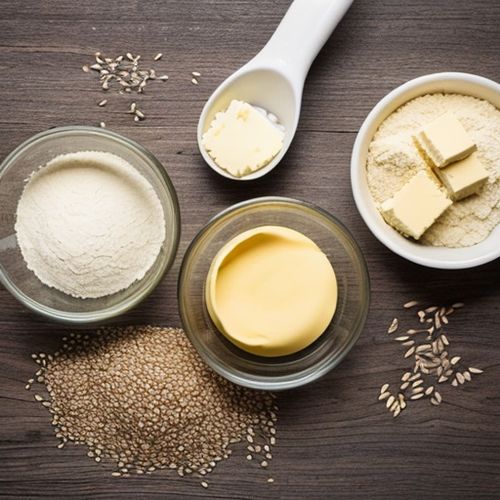
By William Miller/Apr 24, 2025
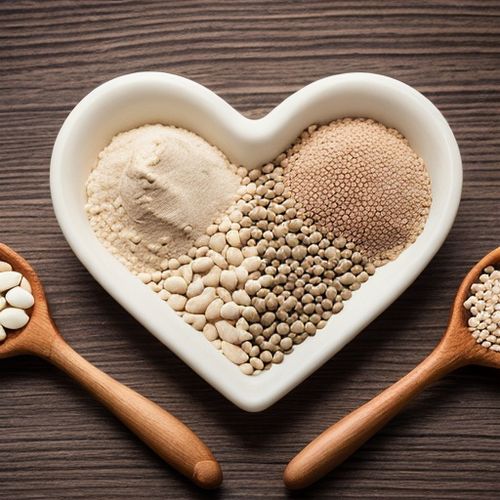
By Olivia Reed/Apr 24, 2025

By Laura Wilson/Apr 24, 2025

By Victoria Gonzalez/Apr 24, 2025
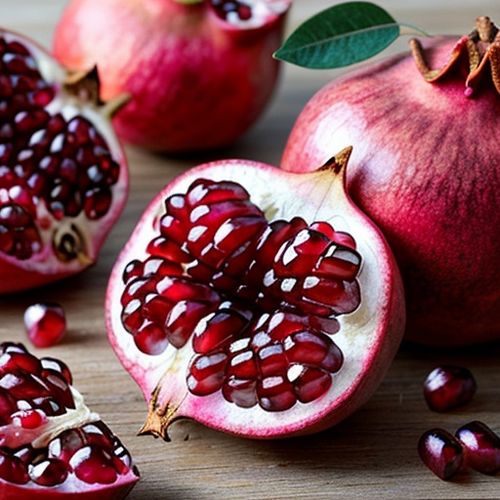
By Natalie Campbell/Apr 24, 2025
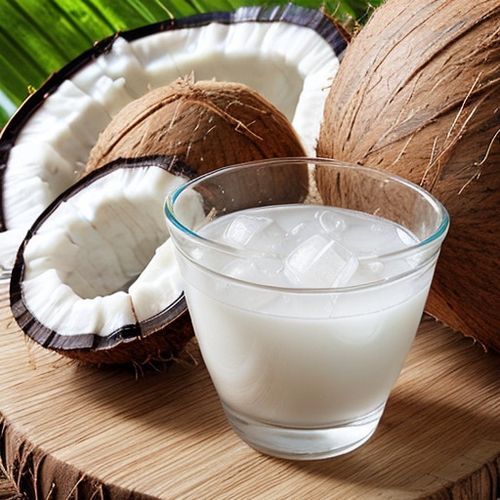
By Jessica Lee/Apr 24, 2025
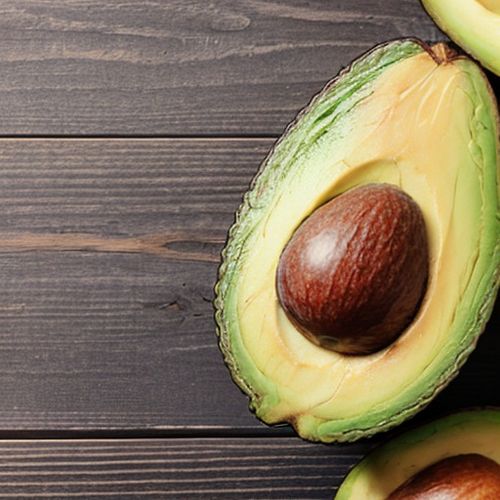
By Rebecca Stewart/Apr 24, 2025
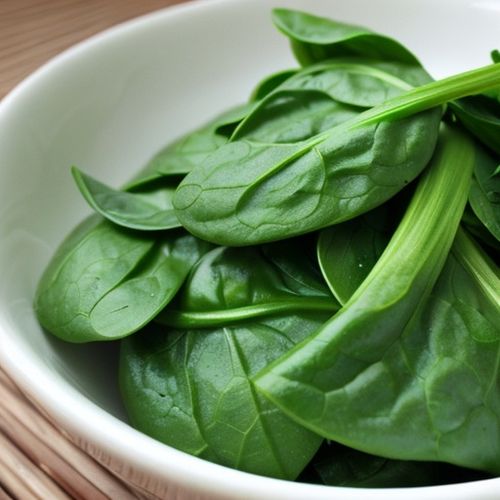
By George Bailey/Apr 24, 2025

By Elizabeth Taylor/Apr 24, 2025

By Thomas Roberts/Apr 24, 2025
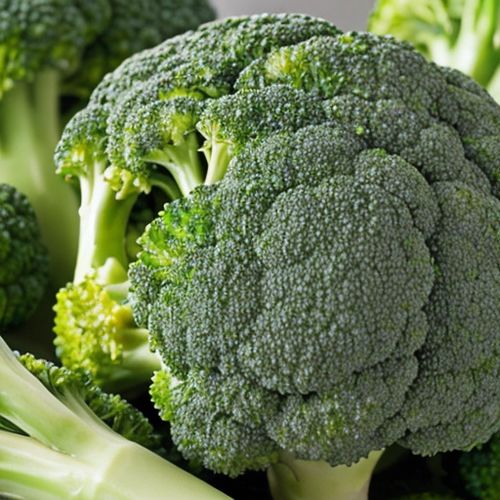
By Laura Wilson/Apr 24, 2025
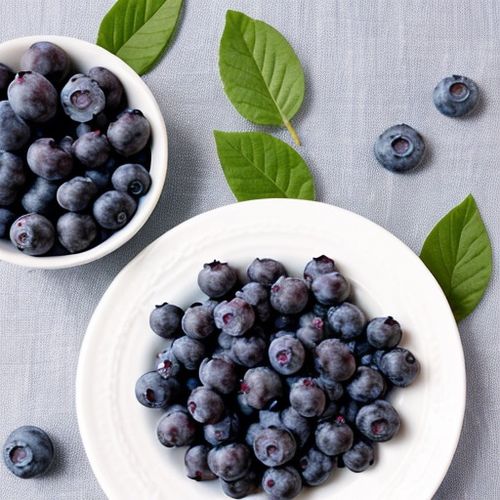
By Samuel Cooper/Apr 24, 2025

By Lily Simpson/Jan 13, 2025
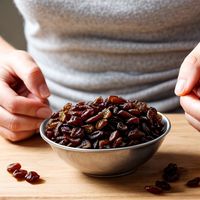
By Christopher Harris/Dec 20, 2024

By Samuel Cooper/Dec 20, 2024